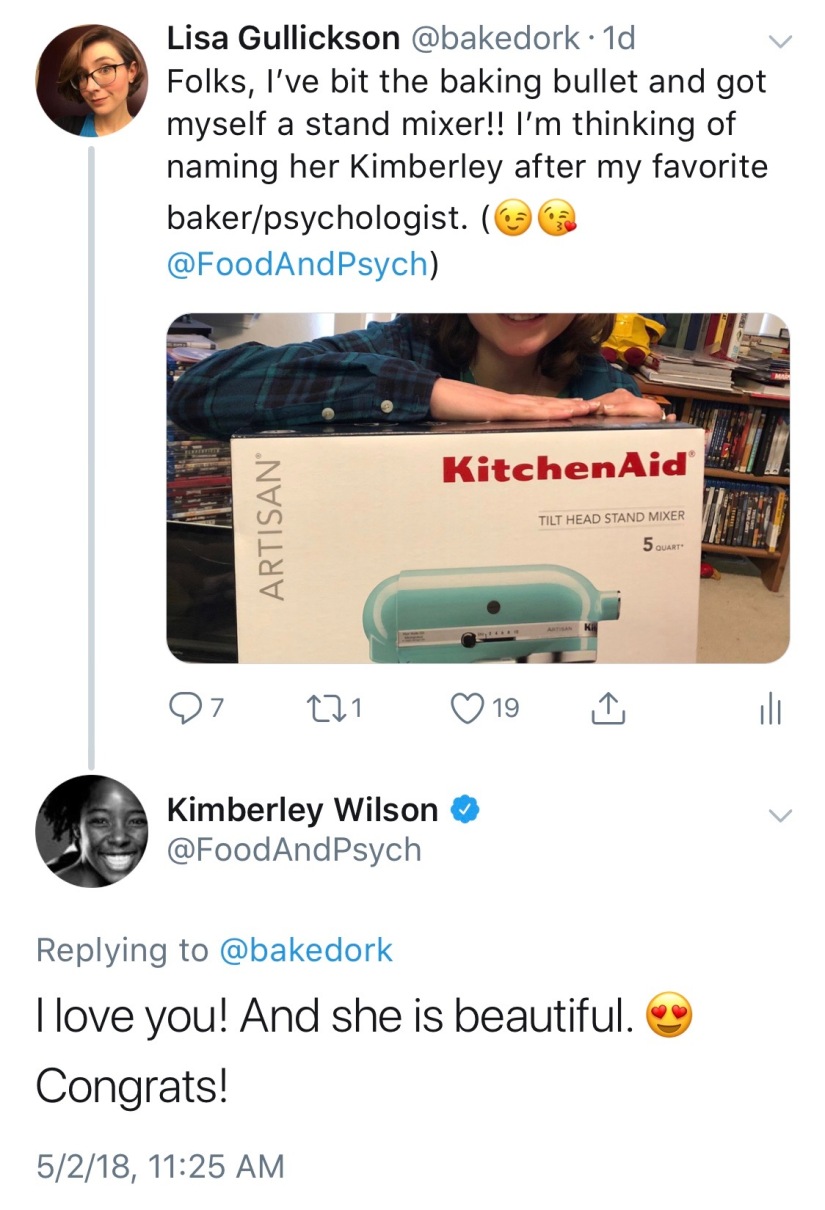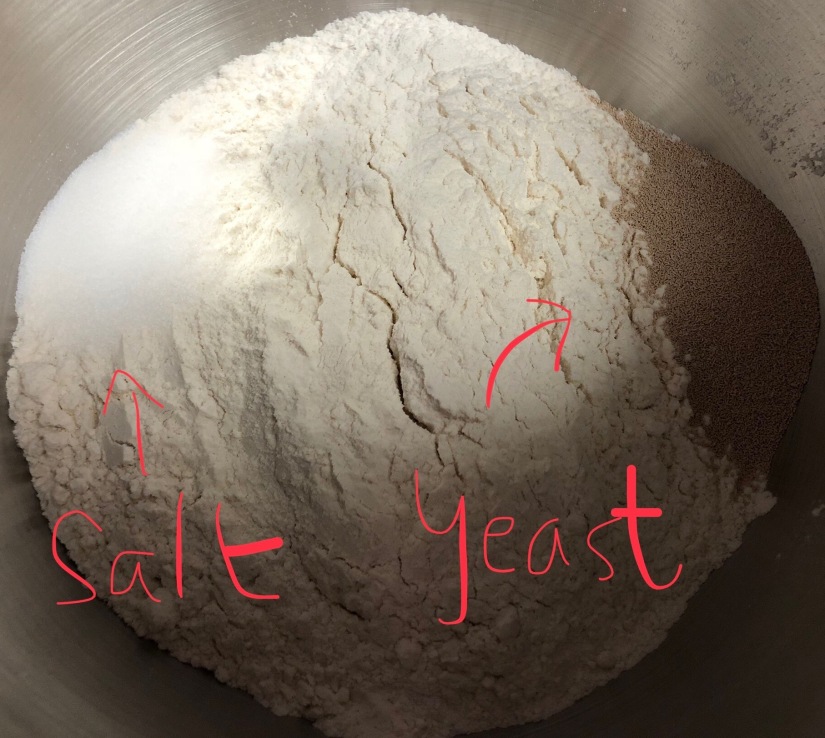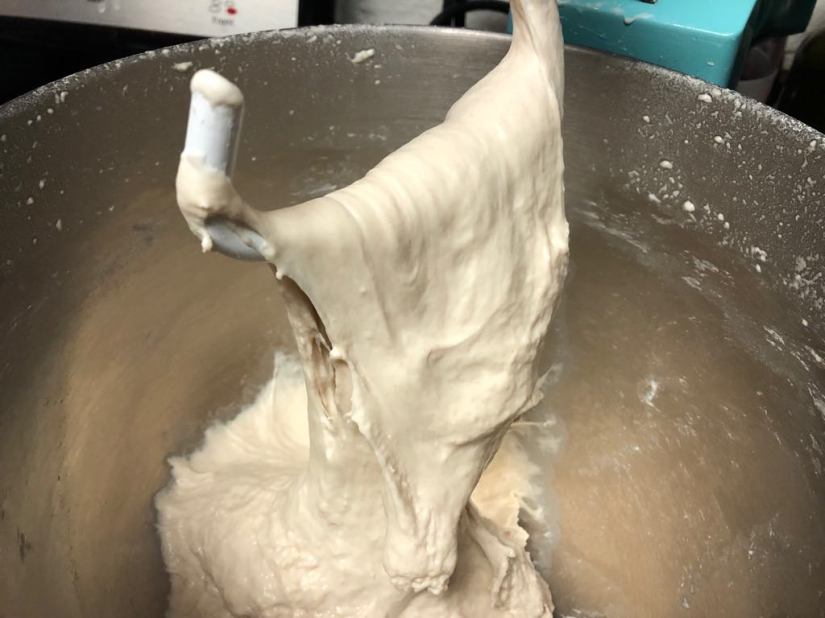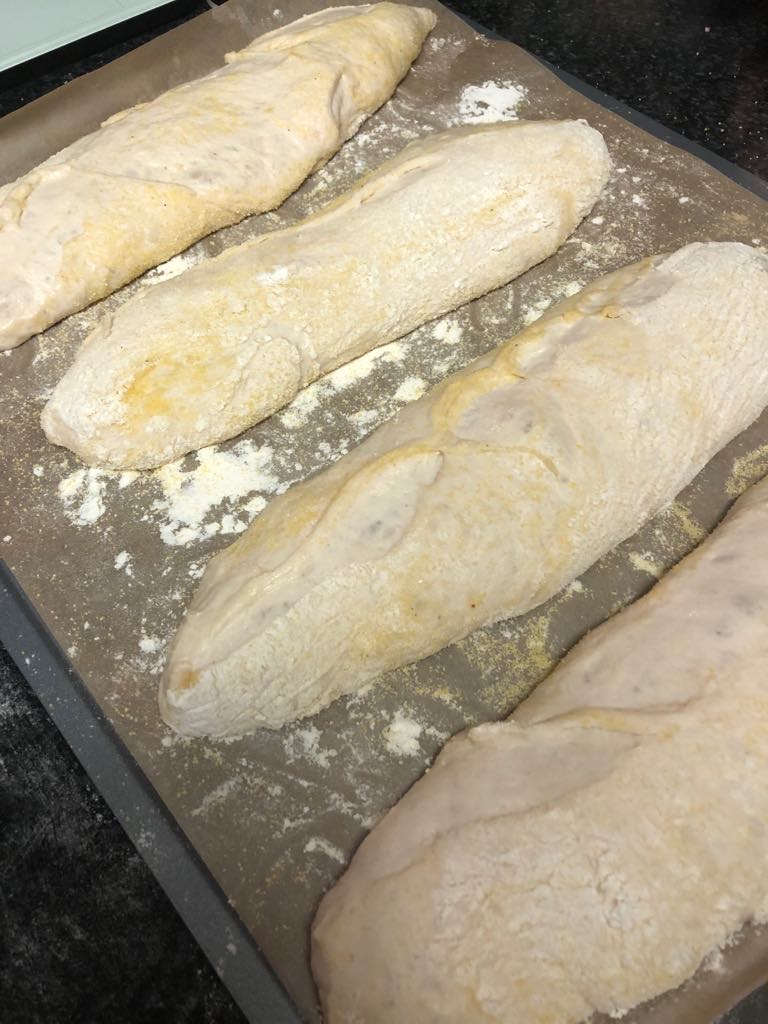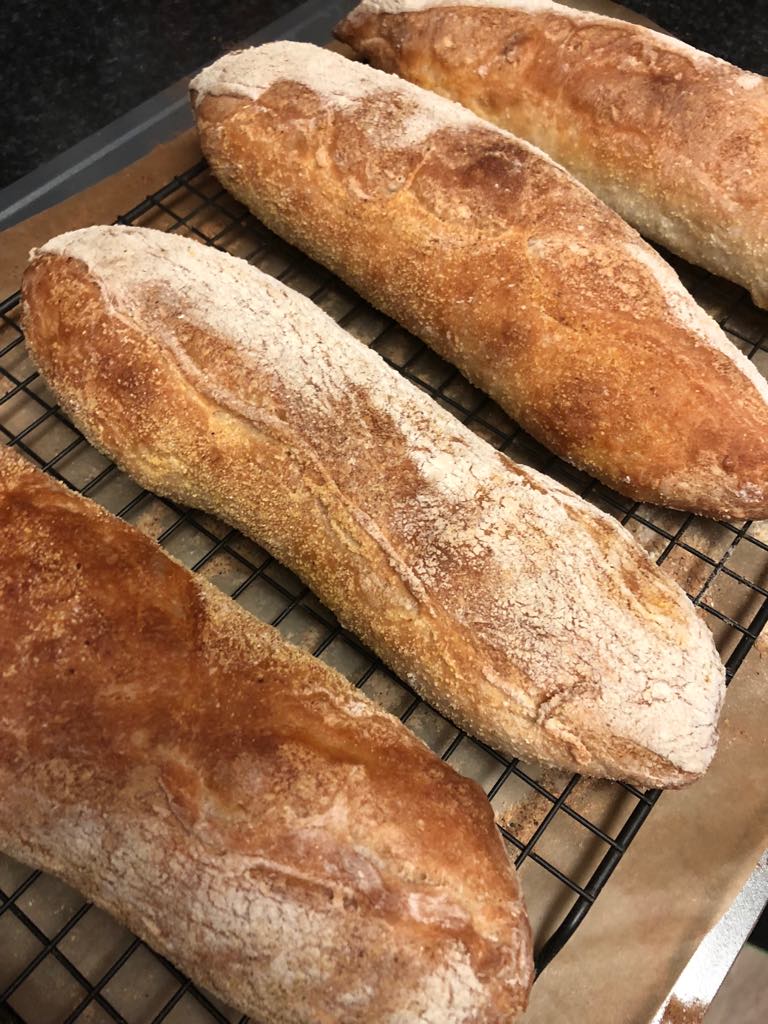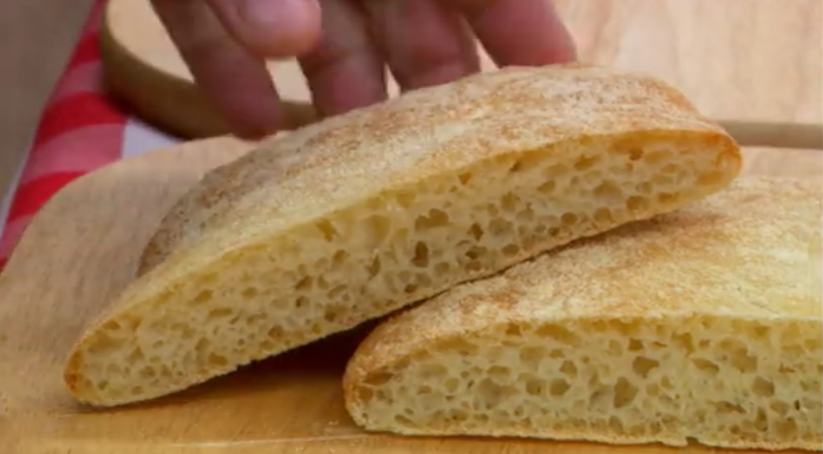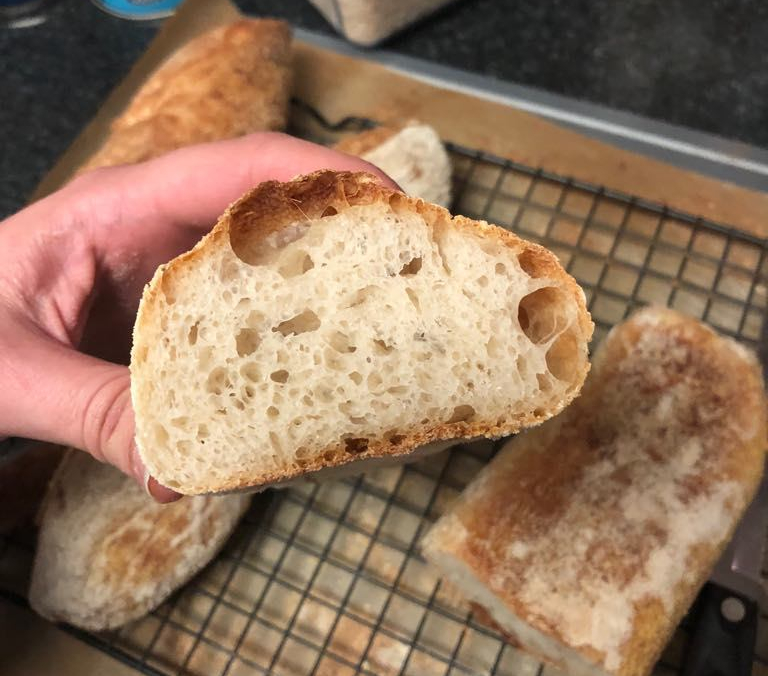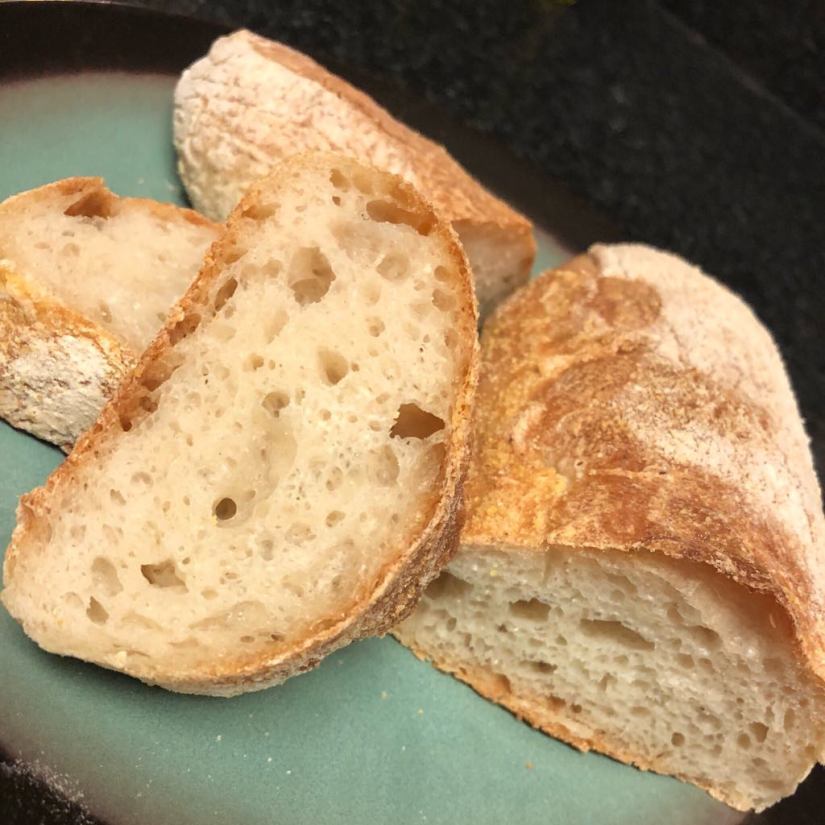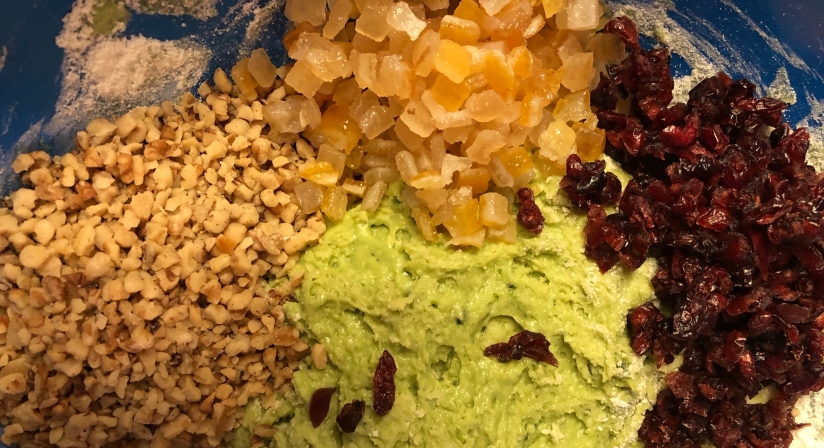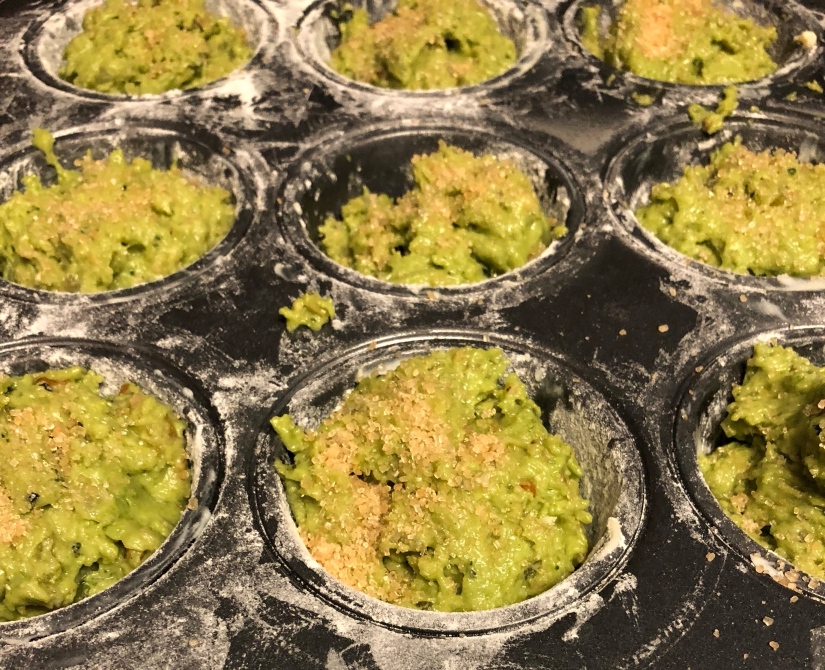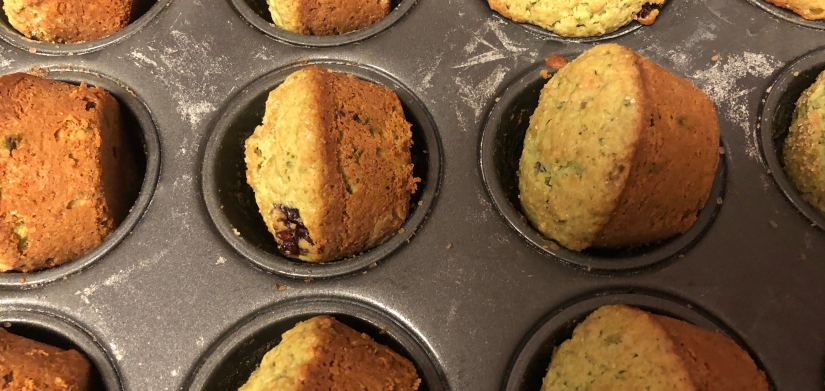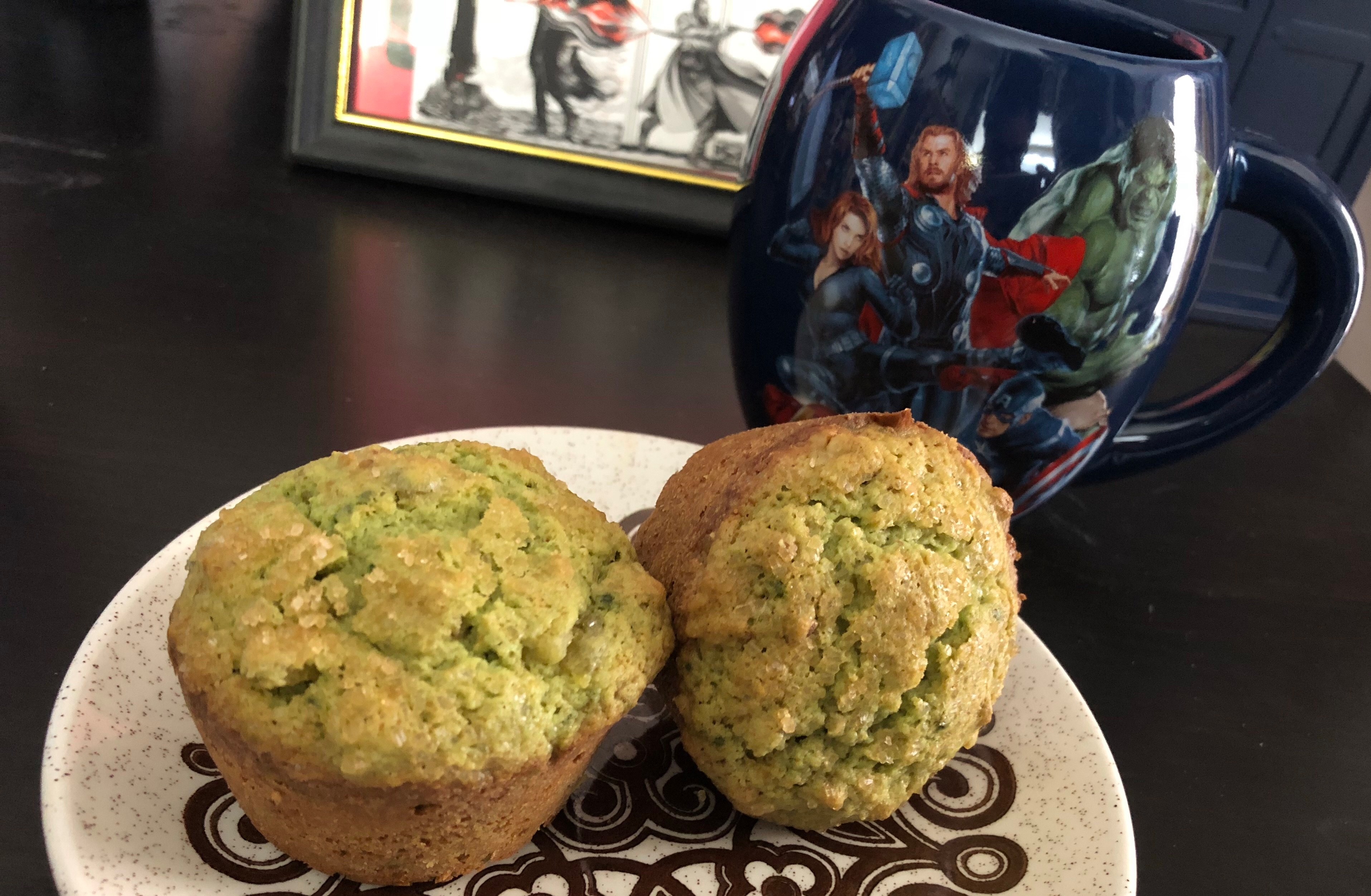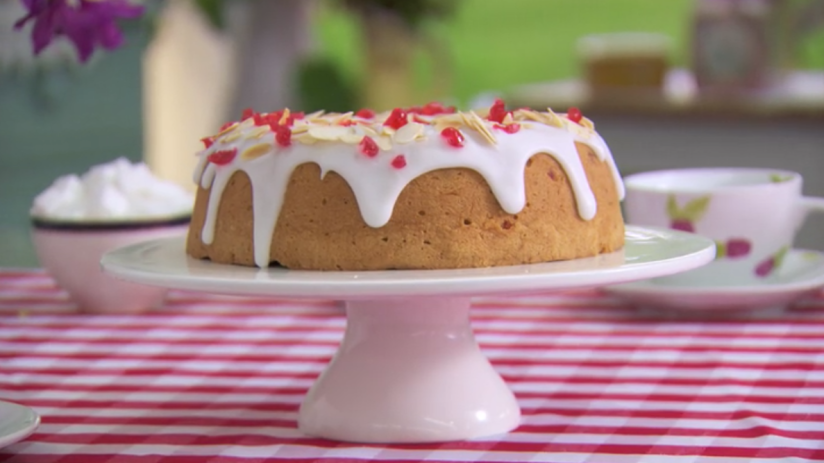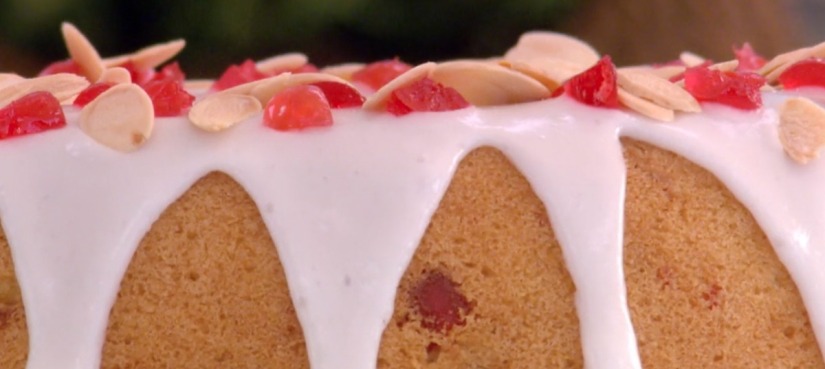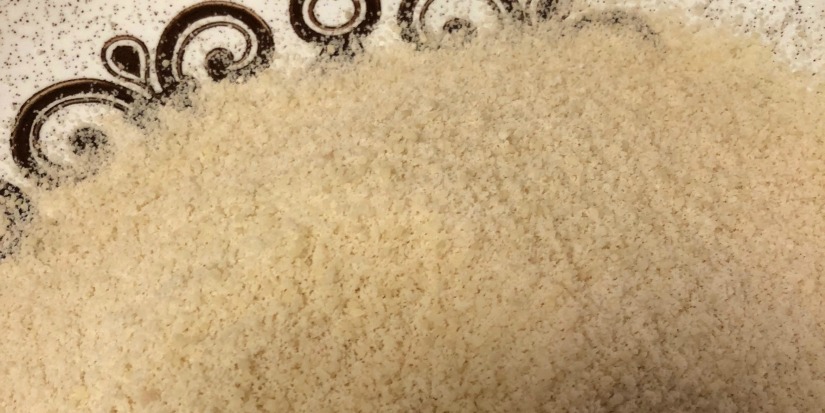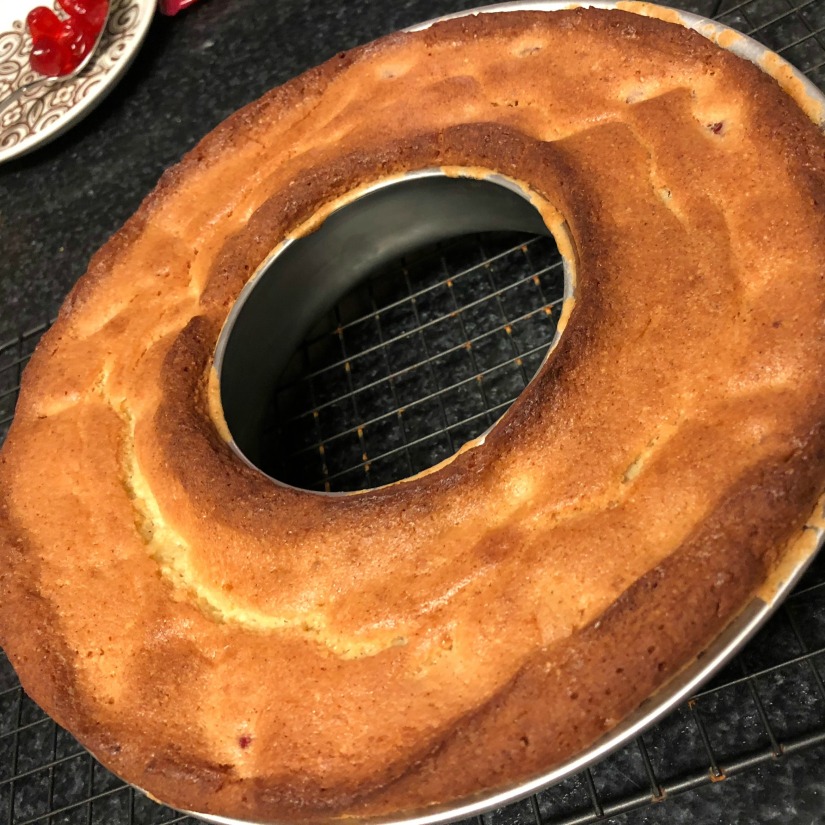About a week ago, I got a call on my phone from one of my all-time favorite people, Mrs. B. Just hearing her voice and I am overtaken by a wave of nostalgia and warm-fuzzies. From the time I was nine to when I was seventeen, my siblings and I would pile in the minivan and be driving to her house to get piano and voice lessons and we just loved her. The bond between young musician and mentor is this weird and sacred thing. Yes, the mentor has to impart musical knowledge and skill, but they also become this sounding board for your self-esteem. I depended on Mrs. B.’s constant assurance that my musical talents were worthwhile and promising and she always made me feel like a star pupil – though I suspect she made all of her students feel that way. There is no describing Mrs. B., really. She’s vivacious, outspoken, and had a knack for saying the thing that makes me blush nineteen shades of red. She always planned the kickin’est student recitals and she wore a leopard print dress to my wedding. She’s family to me, and I take more after her than I do most of my blood relatives.
She was calling because she was going to be in town and an old student of hers was going to be hosting a party – a potluck. The two innocent syllables “pot” and “luck” are like the sound of a revving engine in my mind. A potluck is not just a gathering of people a party. A potluck is a party that I can win. I can bring the most delicious dessert that is the talk of the evening that puts someone’s pathetic box cupcakes to shame. Your open bag of Oreos is an embarrassment next to my delectable, homemade delight. Oh, my secret ingredient? Love… and crushing you!!!

Picking what to bring is where potlucks are won and lost. First and foremost, I never dare to bring an entrée. There are just too many variables there, the primary being temperature. When you’re not the host of the party, you don’t know how long it’s going to be before the food item is served, if you’ll have easy access to a microwave, or a place to reheat your dish. You can do the baller move of bringing a crock-pot, which when executed perfectly generally takes the day. There is nothing that can compete with a spicy meatball or a saucy chicken wing from a crockpot, but you do run the risk of the main table not being near an outlet. Then you’re as subject to temp as any cheesy casserole.
Dessert is the way to go. It is everyone’s favorite. If you say you’re a savory person, I can’t even relate to you. I’m instantly skeptical. “What? Don’t have a sweet tooth?! What are you hiding? Are you saying I’m fat?!” But even dessert has pitfalls. I generally like to do cupcakes, but buttercream icing can also be subject to temperature and when given a smorgasbord of desserts, some people may skip the standard sized cupcake to get a variety of smaller, inferior treats. Or they do the offensive move of splitting a cupcake, which there must be a ring in hell for those monsters. You better be sharing that with a friend, villain! Don’t clutter my presentation with your remnants.

I decided to go biscotti. Not a lot of people have tried their hand at biscotti, so odds were I was not going to have any direct competition like I would with a brownie or chocolate chip cookie. They also don’t look like the sugar bomb that they are, which hooks in the devious “I don’t go for sweets” crowd. They go well with coffee, which an evening event will inevitably end with, and they make a great conversation piece. “Oh! You just bake them twice! That’s how they got their name. ‘Bis’ means ‘twice’ in Latin.” Carefree, smug chuckle! I decided to go with the flavor combination of dried apricots, cashews, and white chocolate – sophisticated flavors to celebrate a sophisticated lady. I pity the fool who makes a Rice Krispie Treat in my dojo.

On Your Marks, Get Set… Bake!

Mise en place? More like ‘messy place’. I made these biscotti in the middle of a baking hurricane – a failed attempt to multitask. Not only was I going to a potluck gathering that night, but my brother’s family were going to be in town for one day and I offered to provide the ciabatta loaves for lunch. I nailed it once, so what could possibly go wrong? Oh, many things, Lisa. A myriad of things. I think I rushed my dough a bit, and when I added my last quarter of water the dough ball just disintegrated. I should’ve just tossed it at that point and started over like many a #GBBO baker, but I let the stand-mixer keep going and the dough kinda’ came back together. It seemed wetter than last time, but I threw it in the proving box anyway and hoped for the best. Long story short, when I went to cut the dough, it just went <insert raspberry sound>. I ended up just feeding my pathetic yeast sludge to our InSinkErator.

It was while my disappointment was still in the proving box – inflating like it wants to be bread or something (lies!) – I started by whisking my four, baking powder and salt together for my biscotti.
Make a sugar omelet. I then melted my butter on the stove and poured it into my large bowl. To that, I added my sugars and my almond extract. I decided to use half granulated sugar and half demerara sugar because the demerara is such a beautiful rich color and I figured that it was a nice way to get the molasses-y, unrefined flavor of brown sugar without adding any moisture. I beat the butter and sugars together and then kept the hand mixer going while I added my eggs one at a time. Throw this mixture on I hot griddle, and I figure this is what peeps have for breakfast.
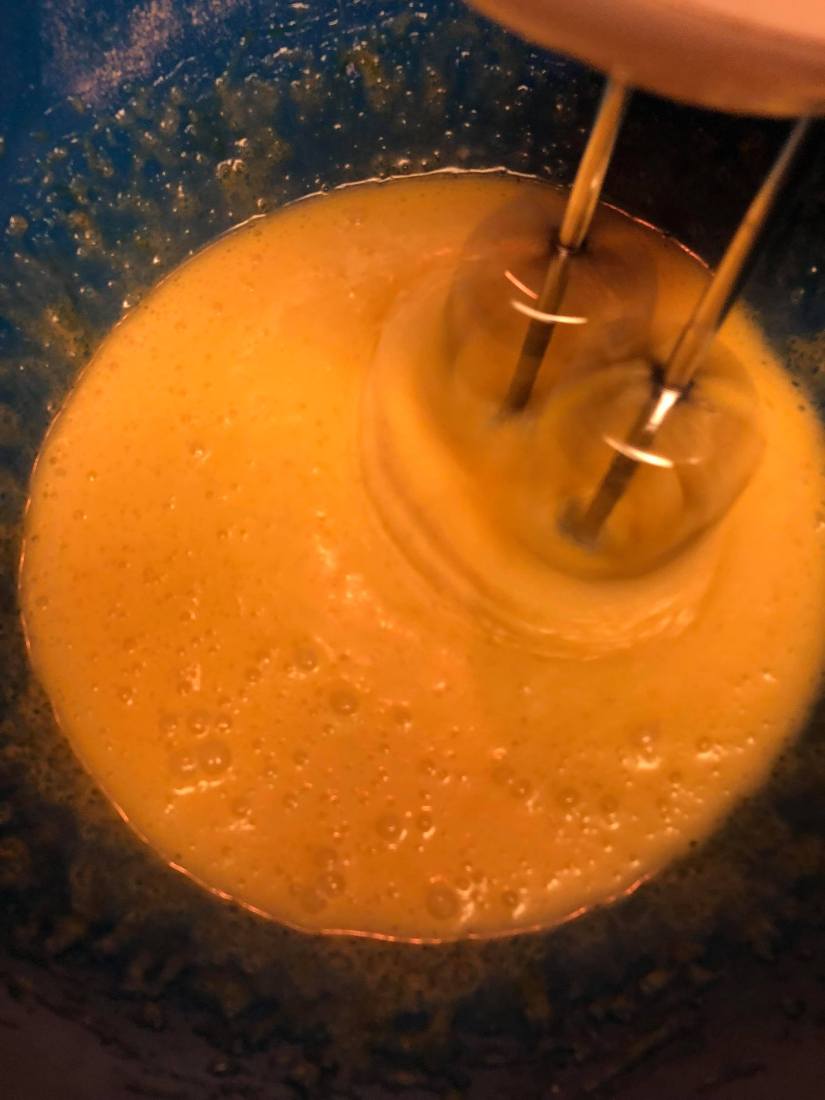
Pull yourself together. I then added my flour, apricots, and cashews all at once to my egg-y sugar mixture and gave it a mix with my big rubber spoonula until I saw no more white flour. I then reached my mitts in there and patted the dough into a ball, threw some saran over it and tossed it into the fridge.
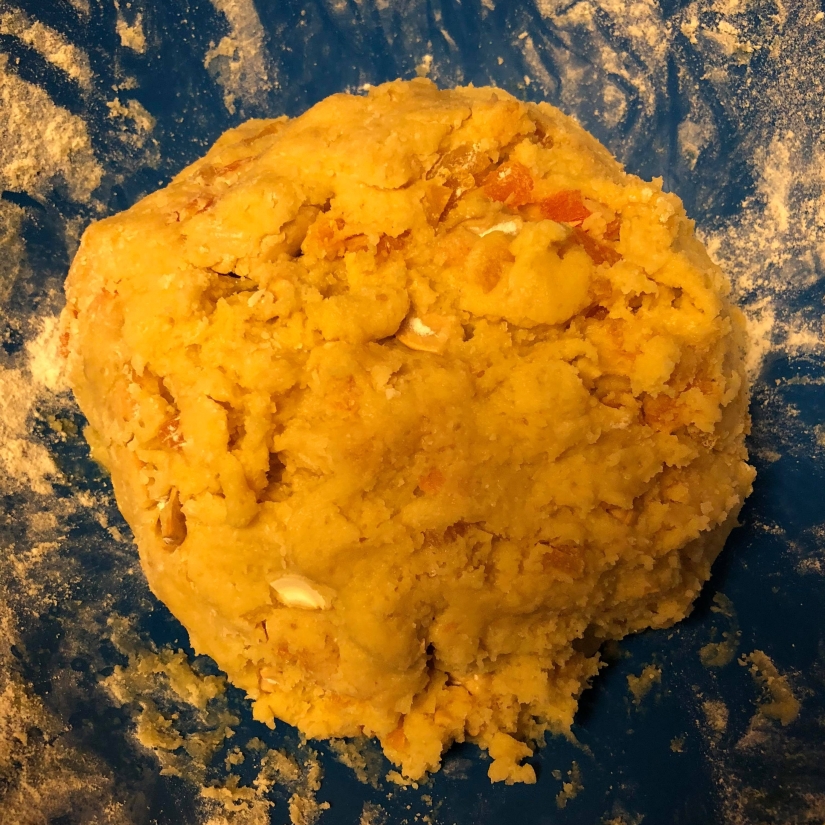
It was while my biscotti dough was fridging, getting all chilled so I could mold it, that I poured out my ciabatta mistake, had my heart broke, and dispatched it with the whirring blades of my garbage disposal. When I woke that chilled ball from its 30-minute hibernation, it had way more riding on it than anticipated.

Log lady. With I heavy sigh, I preheated my oven to 350° F, covered my cookie sheet with parchment paper, and took my biscotti dough out of the refrigerator. This dough ball, bearing the weight of all my baking esteem, was then split in twain and molded into two 12” by 2” dough logs. In poor blogger form, I totally forgot to take a picture, but they looked something like this.

Cotti. I then put the logs in the oven for the first bake for 25 minutes. When my timer went off, logs had puffed and spread a bit and the edges had started to become golden but when I poked the top, they were still a bit soft. The directions from Real Simple indicated that they should be firm, so I gave them another two minutes with my fingers crossed that the edges wouldn’t get too dark. When I finally took them out, the edges were still a fine color.
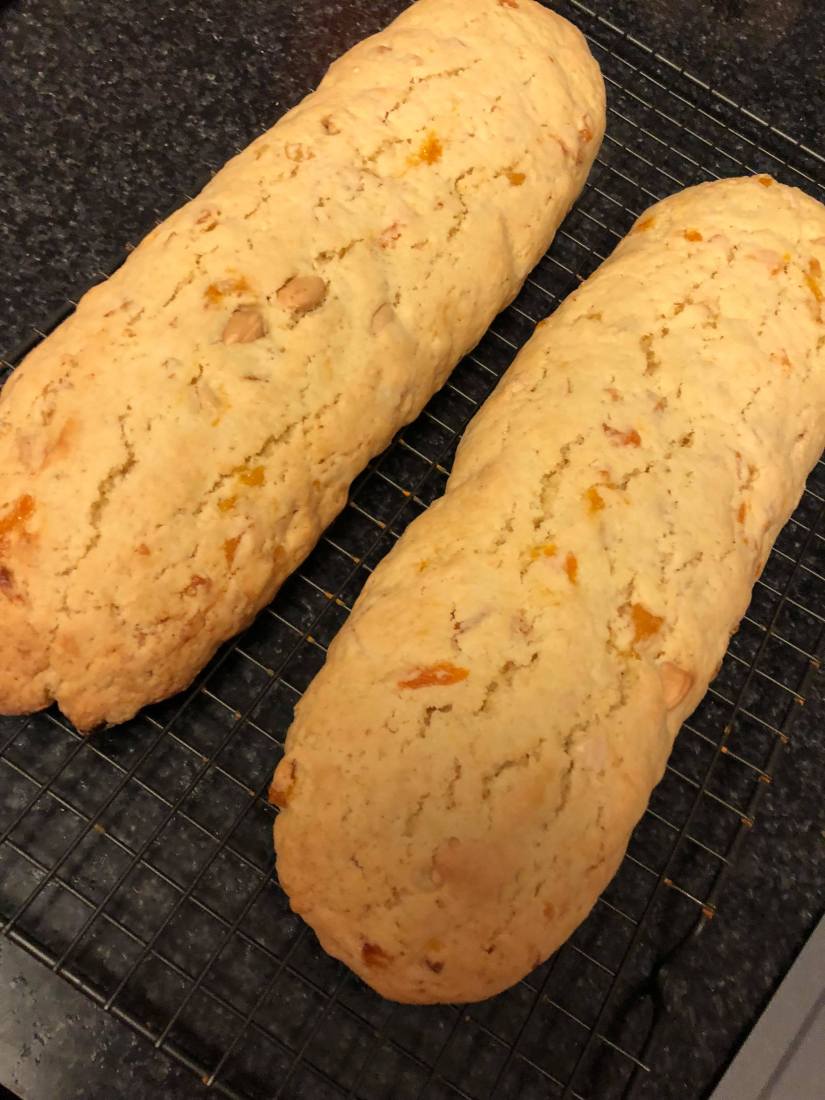
Make the cut. After letting my hot logs hang on the cooling rack for 15 minutes, it was time to make the cut. If you try to slice your biscotti while they are still too warm, they’ll fall apart, but if you wait too long they may be too hard to get through. I transferred my logs to the cutting board and used my ruler to make sure I got even half-inch slices. Looking at the slices you can see that the center is still a bit moist, and not the quintessential biscotti crisp, hence the second baking. They look pretty, though, with the orange jewels of apricot.
Biscotti. I needed a second cookie sheet to accommodate all of my slices, which would mean that my second bake would take two racks of my oven, which would mean I would have to keep my eye on them for evenness. I popped the slices back into the oven for the second bake and set the timer for 18 minutes.
Though the window of the oven, the two racks seemed to be baking fairly evenly, when the timer went off and I opened the door I got a little puff of smoke smell in my face. Uh oh! When I took my cookies out and flipped them, I saw that the cashews that were against the cookie sheet had blackened and burned. Cashews are pretty high in fat – much higher than almonds, which is why they’re hands down way more delicious and I’ll fight anyone who disagrees with me – but it also means they burn easier. Oh well, nothing a little white chocolate won’t cover up, am I right?

The burn could have totally been avoided if I had flipped the cookies halfway through the second bake, which I’ve included in the recipe below so you won’t have to suffer the humiliation of singed nuts.
Decorate. This is the part where I lightly ef up tempering my white chocolate. I’ve successfully tempered chocolate once before for my Florentines, but this day of baking was all about learning how past success does not in any way indicate present success. I broke my Ghiradelli white chocolate baking bars, setting aside a 3rd to finish the temper and an 18th for my face. Nom nom nom. I then set up my bain-marie on the stove with my pot of water and set my glass bowl on top. To temper white chocolate, according to my deep research into one article, you need to bring the white chocolate up to 110° slowly. I dropped my chocolate in the glass bowl and it shot right up to 180°. It did not pass go, nor did it collect $200. Bringing the water up to a boil with the bowl on top heated up the glass of the bowl which melted my chocolate and destroyed the temper. Whoops! Live/learn. At least it still tasted like white chocolate.

I then commenced dipping the singed side of the biscotti in the chocolate, covering my sins, and finished them with a sprinkling of Demerara. I think they ended up pretty classy looking if I may say so myself.
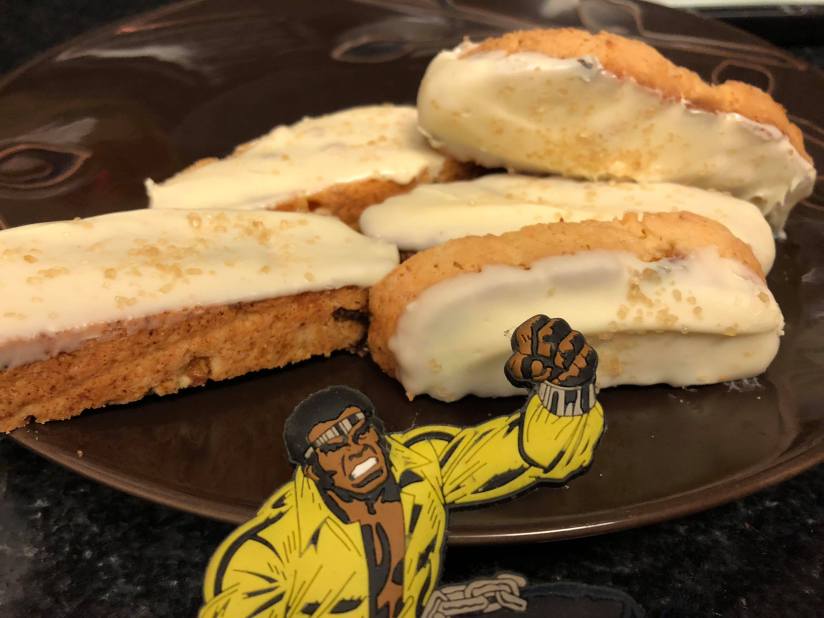
The result?! Even with the blackened cashews and distempered chocolate, this recipe is a keeper. The cookie recipe, with the apricots and cashews, is not overly sweet and with the white chocolate, it is decadent and sophisticated, just like Mrs. B. I even got the highest potluck compliment there is – someone asking for my recipe! She was taking Italian language classes and her turn for bringing in snack was coming up and she figured biscotti would be just the thing! Italian lessons with snack time? Sign me up! I would totally defeat all other snack bringers…
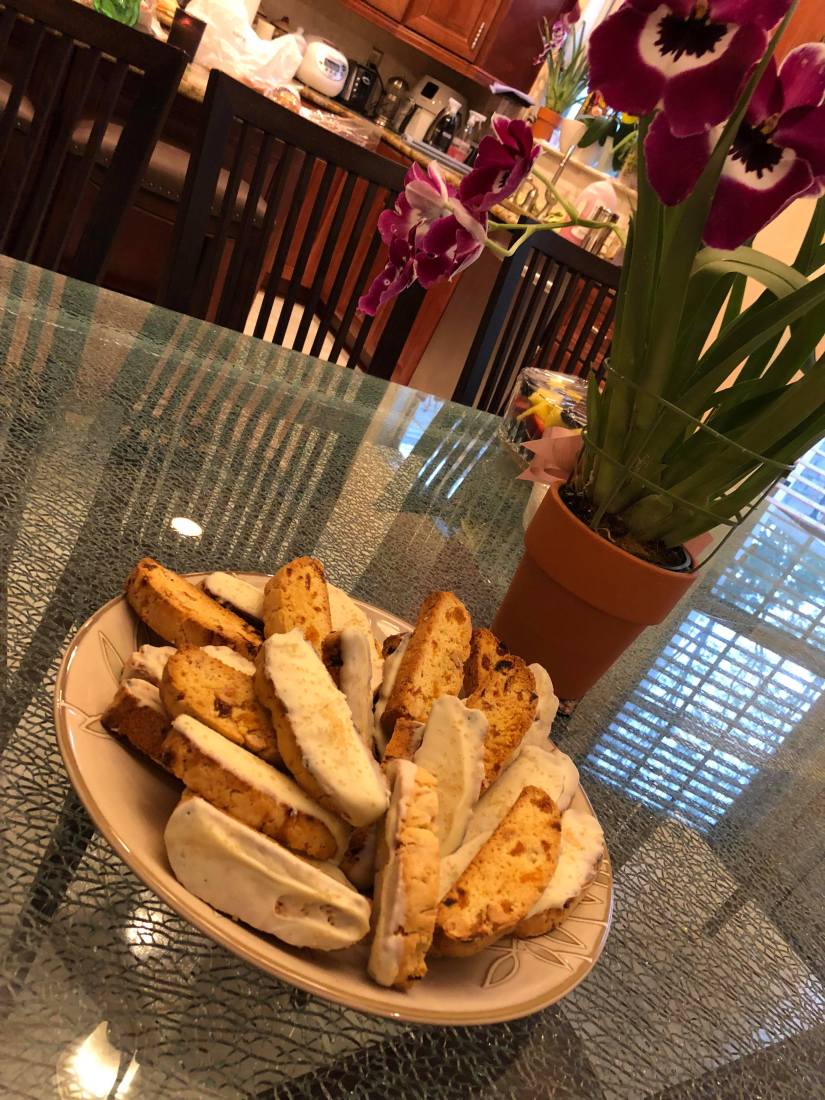
Apricot and Cashew Biscotti
Adapted from Real Simple – Almond Biscotti
Ingredients
2 3/4 c all-purpose flour
1 1/2 tsp baking powder
1/2 tsp salt
3/4 c granulated sugar
1/2 c demerara sugar, plus more for decoration
1/2 c butter melted
2 tsp almond extract
3 large eggs
3/4 c chopped dried apricots
3/4 c chopped cashews
12 oz of white chocolate
Directions
- Dry Mixture. Measure your flour, baking powder and salt into a medium bowl and whisk.
- Wet Mixture. In your large, main bowl, add your sugars and your butter. Beat using a hand-mixer, and then continue beating as you add your eggs one at a time.
- Combine. Add your dry mix, apricots, and cashews to your wet mix and blend just until all the flour is incorporated.
- Chill. Fridge your dough for 30 minutes to an hour to firm it up.
- Get prepped. Preheat your oven to 350 ° F and cover a baking sheet with parchment paper.
- Mold your biscotti. Split your dough into to halves and form two logs, 12” by 2,” on your baking sheet.
- First bake. Bake your logs for 25-30 minutes until it firm and your edges are just golden.
- Cut. Cool your biscotti on your cooling rack for 15 minutes, then cut your biscotti into half inch slices and return the slices to the baking sheet.
- Second bake. Bake your biscotti for ten minutes, then pull out the end pieces and flip the rest. Bake for 8-12 more minutes, watching your cashews closely so they don’t burn.
- Decorate. Melt your white chocolate. Dip one side of your biscotti into the chocolate and then sprinkle with demerara sugar. Allow your chocolate to harden, then serve with coffee.





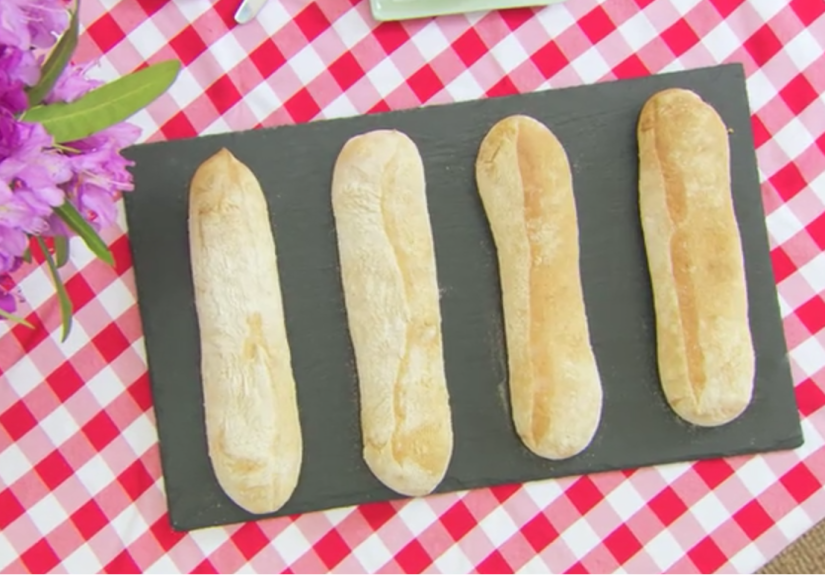

 And arrive she did in gleaming Aqua Sky! I’ve decided to name her Kimberley after my series Series 4 (Season 2) fave. She has clearly been socialized to be a bubbly, happy person, but a few bakes in it was plain to see she had the cool, calculating heart of a serious competitor. She introduced into my vocabulary the Japanese philosophy of ‘kaizen,’ which is the idea that one should always be striving to be better, and that idea of endless dissatisfaction really resonated with me. I’m smiling through the tears, too, Kimberley. Perfectionists unite!
And arrive she did in gleaming Aqua Sky! I’ve decided to name her Kimberley after my series Series 4 (Season 2) fave. She has clearly been socialized to be a bubbly, happy person, but a few bakes in it was plain to see she had the cool, calculating heart of a serious competitor. She introduced into my vocabulary the Japanese philosophy of ‘kaizen,’ which is the idea that one should always be striving to be better, and that idea of endless dissatisfaction really resonated with me. I’m smiling through the tears, too, Kimberley. Perfectionists unite!